1. The Roof That’s Older Than You Realized
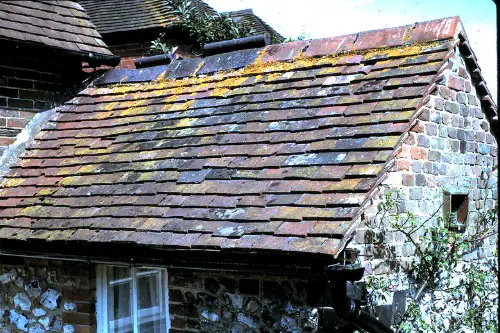
A roof can look fine from the street, but age and hidden damage can come back to haunt you fast. Many new homeowners don’t realize that a roof near the end of its life can cost $10,000 or more to replace. And in some regions, insurance companies may not cover a roof over a certain age or may demand replacement before issuing a policy. That means you’re paying out of pocket sooner than you expected.
Leaks, missing shingles, or poor ventilation can sneak up after a storm or a rough winter. The worst part? Once water gets in, the damage often spreads to insulation, drywall, and even electrical systems. That small drip can become a massive, moldy mess. Always ask for documentation on roof age and maintenance before you close the deal.
2. The Hidden Cost of Property Taxes That Keep Going Up

You knew you’d have to pay property taxes, but what no one told you is that they can skyrocket unexpectedly. Many local governments reassess property values regularly, especially after a sale, and that means your “affordable” home suddenly isn’t. These increases can add hundreds—or even thousands—of dollars annually to your bill. And once that bill goes up, it rarely goes back down.
This catches new homeowners off guard, especially in gentrifying areas or places with booming real estate markets. A jump in your home’s value might sound great on paper, but it also means you’re now funding more of your city’s budget. Some states cap how much taxes can increase each year, but others don’t. If you didn’t budget for rising taxes, you might be forced to choose between upgrades or just keeping up.
3. Homeowners Association Rules That Feel Like a Bad Reality Show

You thought an HOA would just keep your neighbors from painting their house neon green. But once you’re in, you might discover rules about everything—from the color of your curtains to how tall your grass can be. Some HOAs even fine you for having a basketball hoop or leaving your trash bins out a few hours early. The rules can be surprisingly strict, and breaking them can lead to hefty fines or legal headaches.
Plenty of new homeowners are shocked when they realize how much control the HOA actually has. You might need approval just to plant a tree or put up a small shed. Disagreements can escalate, with some HOAs even placing liens on properties for unpaid fines. Before you buy, it’s crucial to read those HOA documents closely so you’re not blindsided.
4. The Nightmare of Foundation Issues You Didn’t See Coming
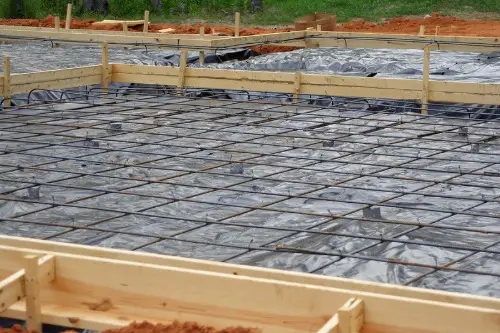
From the outside, your house looked solid, but hidden foundation problems can turn your dream home into a money pit. These issues often show up as small cracks or doors that don’t close right, which can seem harmless at first. But over time, they can lead to major structural damage that costs tens of thousands to repair. In places with clay-heavy soil or frequent droughts, foundation shifting is surprisingly common.
New homeowners often miss these warning signs during the excitement of buying. Even home inspections sometimes fail to catch deeper foundation trouble unless it’s obvious. Left unchecked, you could end up needing piers, slab repairs, or drainage work. It’s a nightmare that can drain your savings faster than you thought possible.
5. The Shocking Cost of Lawn and Tree Maintenance
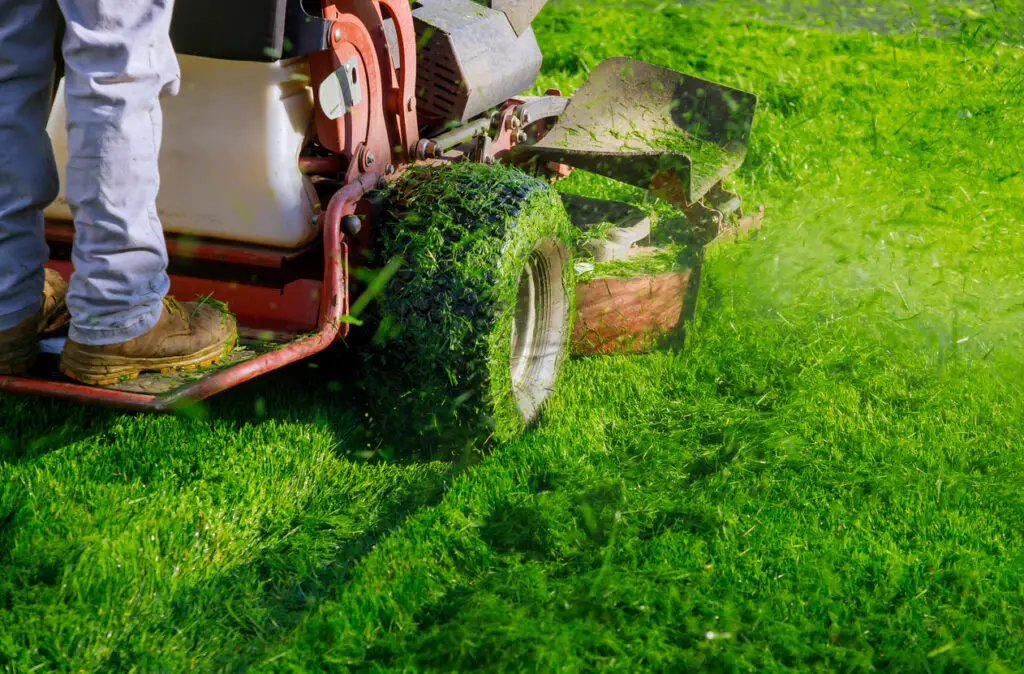
When you dreamed of a big yard, you probably didn’t picture the monthly bill that comes with it. Mowing, fertilizing, pest control, and irrigation repairs can add up fast—especially if you’re in a climate where grass needs constant attention. And if you’ve got mature trees, just one emergency removal of a dead or storm-damaged tree can cost thousands. Insurance won’t always cover it unless the tree actually hits something.
First-time homeowners are often surprised by how much time, energy, and money go into keeping that “perfect” yard. If you don’t keep up, you risk HOA fines or angry neighbors. Overgrown trees can damage your roof, power lines, or plumbing with their roots. It’s not just curb appeal—it’s a major, ongoing responsibility.
6. Sewer Line Surprises That No One Mentioned
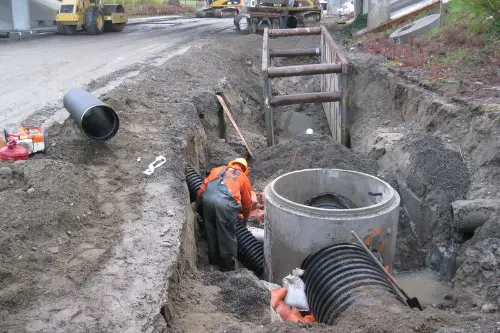
It’s easy to forget about what’s underground, but your main sewer line can cause big headaches if it fails. Tree roots, shifting soil, or old, corroded pipes can lead to backups and serious damage inside your home. A full sewer line replacement can run you $5,000 to $15,000, depending on how deep and long the line is. And most standard homeowner insurance policies don’t cover it unless you added special coverage.
Many new homeowners don’t think to get a sewer scope inspection before they buy. But that extra check can reveal problems before they’re yours to pay for. When a line clogs or collapses, you’re not just dealing with a plumbing bill—you’re cleaning up a nasty mess, too. And once it happens, it usually happens again unless you replace the whole line.
7. Outdated Electrical Systems That Can’t Keep Up
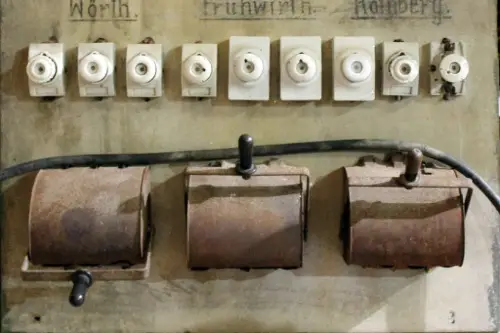
Older homes often hide electrical systems that weren’t designed for today’s appliances and gadgets. That charming 1950s house might have outdated wiring, overloaded circuits, or even dangerous materials like aluminum wiring. You’ll notice signs like flickering lights, tripped breakers, or outlets that feel warm to the touch. Bringing everything up to code can mean rewiring entire sections of your home at a steep cost.
Many new owners don’t realize how fast these problems can escalate. Overloaded systems can cause fires, not just inconvenience. And getting work done means permits, inspections, and hiring a licensed electrician—not a cheap or quick fix. It’s worth budgeting for upgrades if you’re buying an older property.
8. The Pain of Poor Drainage and Water Intrusion
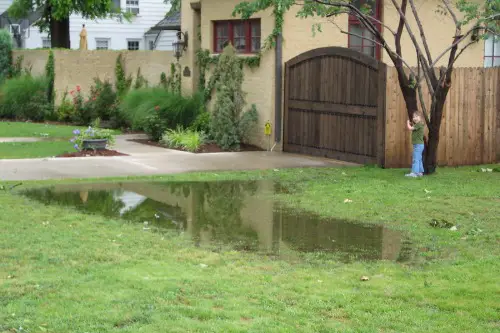
That slight slope in your yard might not seem like a big deal—until a heavy rain floods your basement or crawl space. Poor grading, clogged gutters, or failing sump pumps can let water pool against your foundation. Over time, that moisture leads to mold, rot, and even structural issues that are costly to fix. In some cases, homeowners need to invest in French drains, regrading, or retaining walls just to keep water out.
New homeowners often don’t spot these drainage red flags during a showing or inspection. The damage usually appears after the first big storm when it’s too late to negotiate with the seller. Fixing it often involves both exterior and interior work, which adds up fast. A little water can cause a mountain of stress—and bills—you didn’t see coming.
This post 8 New Homeowner Nightmares No One Warns You About Until It’s Too Late was first published on American Charm.


